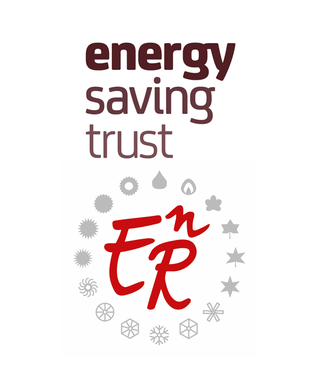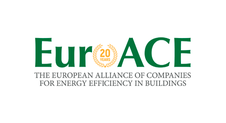Search eceee proceedings
Activity-based offices: synergies and trade-offs between energy efficiency and employees’ work environment
Panel: 8. Buildings: technologies and systems beyond energy efficiency
This is a peer-reviewed paper.
Authors:
Magdalena Boork, STUNS/RISE, Sweden
Cecilia Katzeff, KTH Royal Institute of Technology, Sweden
Abstract
Energy use in office buildings is significant. At the same time, more than half of the Swedish office buildings were erected before 1970, which means that extensive refurbishments and new establishments are expected. Requirements on efficiency in terms of costs, space and energy use are then usually high. To achieve both energy efficient buildings and stimulating workplaces, there is a trend towards the implementation of activity-based offices.
The activity-based workplace is structured to fit the employees’ work tasks and may give an impression of stimulating employees’ creativity. However, studies show that the work environment does not suit everyone. Instead, mainly managers and employees who frequently interact with others are supported by activity-based working.
Practical examples indicate that the efficiency of buildings may affect the employees´ well-being and work environment negatively – i.e. aspects linked to social sustainability. Nevertheless, knowledge on synergies and trade-offs between environmental and social sustainability goals is limited regarding the workplace in energy efficient buildings. It has for instance been shown previously that studies on green buildings mainly focus on environmental sustainability aspects, while the social dimension is basically lacking. This includes aspects of physical and psychological well-being. Still, understanding the interaction between different sustainability dimensions is crucial for implementing sustainability work in practice.
The study presented in this paper is part of an ongoing Swedish research project exploring the consequences of energy efficient office buildings on the employees’ work environment based on case studies and literature. This paper presents a literature review of scientific papers on the topic and describes the outline of the case studies to be executed during spring 2019. It is concluded that scientific literature focusing on both energy efficiency and work environment at the activity-based workplace is scarce. Still, to ensure that environmental benefits are not realized at the expense of the employees’ well-being, it is highly important to further explore potential synergies and trade-offs between social and environmental sustainability factors.
Downloads
Download this paper as pdf: 8-353-19_Boork.pdf
Download display as pdf: 8-353-19_Boork_display.pdf
Panels of
1. The dynamics of limiting (energy) consumption
2. What's next in energy policy?
4. Monitoring and evaluation for greater impact
5. Smart and sustainable communities
7. Make buildings policies great again
8. Buildings: technologies and systems beyond energy efficiency
9. Improving energy efficiency in ICT, appliances and products

























